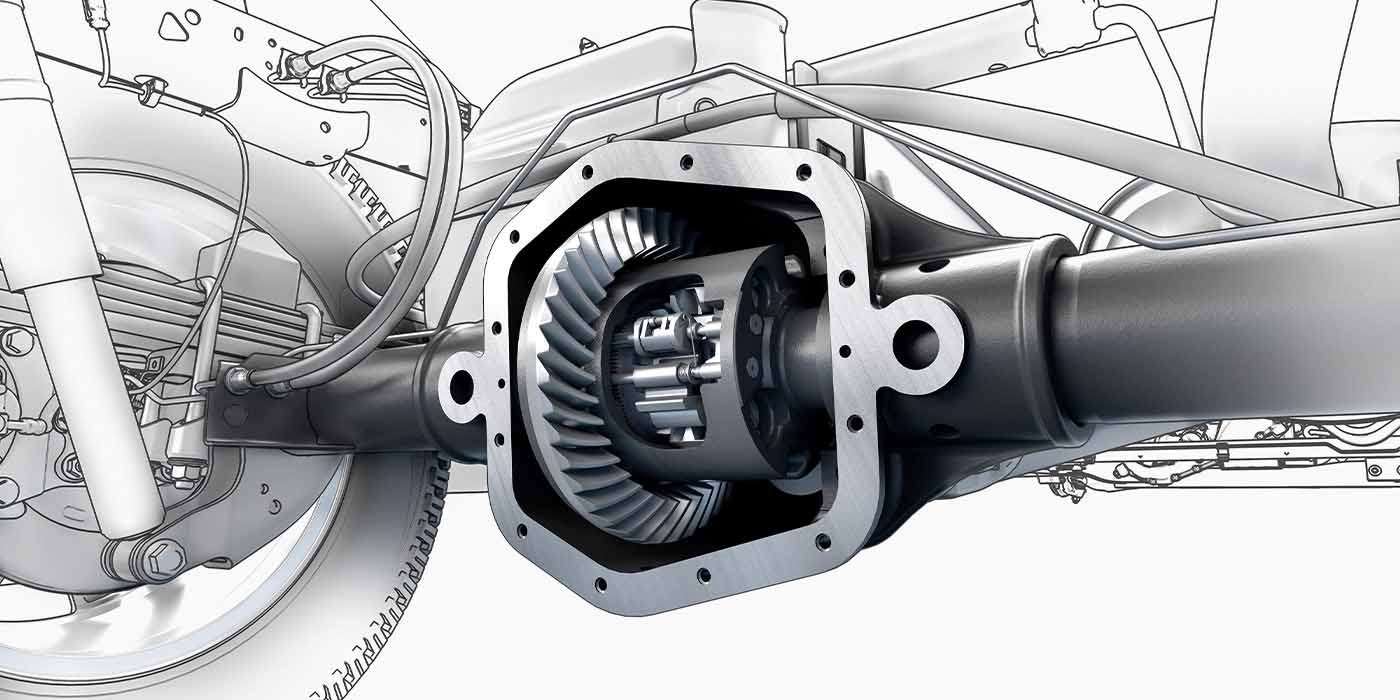Would you believe cooling system failures are the No. 1 cause of mechanical breakdowns on the highway? That’s what statistics published by the U.S. Department of Transportation tell us. It’s not surprising considering how badly most cooling systems are neglected these days.
In April, the Car Care Council offered motorists free vehicle inspections at more than 400 check lanes around the country. The inspections were done to raise public awareness of the council’s “Be Car Care Aware” campaign during National Car Care Month. With respect to cooling systems, here’s what they found:
20% (one out of five!) of the vehicles inspected had old coolant that needed to be flushed and changed.
16% (one out of six) had a low coolant level in the coolant reservoir, and 11% had a low coolant level in the radiator.
8% had visible coolant leaks.
The opportunity for cooling system maintenance and repairs are obviously there. But many motorists never check anything under the hood until a problem occurs. Then it’s often too late and the damage has already been done.
An undetected coolant leak or low coolant level can lead to overheating. This can be very damaging, especially in engines with overhead cams and aluminum cylinder heads, because excessive heat causes the cylinder head to swell and distort. This may cause the camshaft to bend, jam or break, or it may crush the head gasket and cause the head gasket to fail. Excessive head also can cause stress cracks to form in the head, which may leak coolant into the combustion chambers. Overheating also can cause pistons to scuff, valves to gall and stick, and bearings to seize.
At the very least, a single episode of overheating may damage the thermostat and/or coolant sensor, leading to further trouble down the road if these items are not inspected or replaced after the initial cause of the overheating has been diagnosed and repaired. Simply refilling the cooling system and sending the customer on their merry way is not an acceptable repair for overheating. You must determine why the engine overheated and repair the cause. Treating the symptom (loss of coolant) by adding more coolant may not prevent the engine from overheating again.
Maintaining Today’s Cooling Systems
There’s a lot of confusion among motorists as to how often coolant should be changed. When the Car Care Council asked motorists how often they thought their cooling system should be flushed, here’s the response they received:
57.2% of motorists said they thought the cooling system needed to be flushed every year.
15.5% said a flush was only needed every four years.
13.5% said a flush was needed every six months.
13.5% said a flush was only necessary when recommended by a service professional.
Many of these people have probably never read their vehicle owner’s manuals and don’t have a clue as to how often maintenance is actually needed. These answers would suggest that many motorists over-maintain or under-maintain their cooling systems. The survey didn’t ask them what they actually did, but from what we’ve seen, most probably neglect their cooling systems altogether.
The correct answer as to how often coolant needs to be changed depends on the type of coolant in the vehicle and how much time or mileage has passed since the coolant was last changed.
Many motorists are under the mistaken impression that today’s extended-life coolants are lifetime coolants and never need to be changed. They are not lifetime coolants. The recommended replacement interval for most extended-life coolants is every five years or 150,000 miles, whichever comes first (not last). Extended-life antifreeze has been in use for about a decade, and GM has been using Dex-Cool extended-life coolant in all of its cars and light trucks since 1996.
With older “conventional” antifreeze products, the recommended replacement interval is usually every two years or 30,000 miles. The same recommendation applies to extended-life coolants that have been contaminated with ordinary coolant. If somebody uses ordinary coolant to top off a system that is filled with extended-life coolant, the additive packages can interact and reduce the service life to that of regular coolant. The trouble is, you can’t always tell if extended-life coolant has been contaminated with regular coolant. Most long-life products are dyed orange while most ordinary coolant is dyed green or yellow. But color shifts can occur naturally as a coolant ages, and it takes a lot of cross-contamination to produce a noticeable color shift with some products.
As for annual coolant flushes, they’re not necessary – unless the cooling system contains ordinary antifreeze and the vehicle is driven more than 30,000 miles a year. And changing the coolant every six months would definitely be over-maintaining the vehicle and not necessary.
The only way to know how often the coolant really needs to be changed is to (1) know what kind of product is in the vehicle’s cooling system (which is often difficult if not impossible to tell), and (2) to check the time/mileage since the last coolant change.
One of the best ways to check the condition of the coolant is to use chemical test strips. The test strips change color to reveal both the condition and strength (freezing protection) of the coolant. The test strips react to the level of alkalinity or acidity in the coolant to give a “good” or “bad” reading. If the anti-corrosion additives are depleted, the coolant is overdue for a change regardless of time or mileage. Just make sure you use the correct type of test strip for the coolant being tested (regular or extended life). And if you’re not sure what’s in the cooling system, use a test strip designed for regular coolant.
A visual inspection of the coolant is also a good idea to check for sediment or other signs of contamination. Droplets of oil in the coolant might be the result of a leaky ATF cooler or a leaky head gasket. The presence of sediment or rust would tell you the coolant is not doing its job of protecting the cooling system, and is long overdue for replacement.
If the system contains Dex-Cool and the coolant is full of red muck (which GM says can occur if the cooling system has not been filled properly and there is air in the system), your customer has a serious problem that will likely require flushing and cleaning the entire cooling system, and possibly replacing the radiator if the muck cannot be removed. The most troublesome applications have been Chevy/GMC S-10 pickups and Blazer/Jimmy models with the cast iron 4.3L V6 engine. These trucks do not have a pressurized coolant reservoir and seem to be prone to air contamination of the coolant.
Enough Freezing Protection?
Checking the strength of the coolant is important to make sure the coolant contains a high enough concentration of antifreeze to prevent freezing during cold weather, and boilover during hot weather. You can use a hydrometer or a refractometer for this purpose, but a refractometer usually provides the most accurate results.
If the concentration is low, drain some coolant from the radiator and replace with a compatible antifreeze to increase the freezing protection. A 50/50 mixture of ethylene glycol antifreeze and water will keep the cooling system from freezing up all the way down to -34













